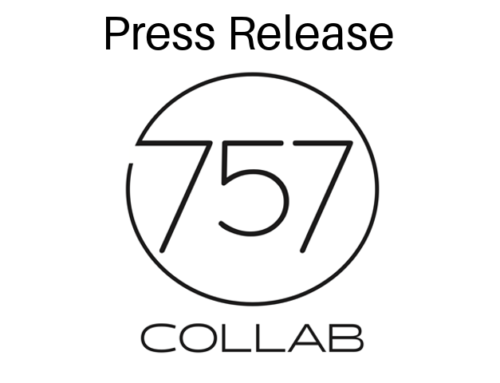By Mike Austin
The US inflation rate in March hit a level not seen since 1981 when Ronald Regan entered the White House. The primary driver was the unabated rise in energy costs. The Consumer Price Index (CPI) rose by 7.9% thru February, the fastest pace of annual inflation in 40 years. In addition to the spike in energy costs, supply chain issues continued to haunt the economy, along with higher demand for scarce goods and services. Furthermore, the Russian invasion of Ukraine further exacerbated cost spikes in the cost of oil, natural gas, wheat, and other commodities that emanated from that region. Ukraine is one of the largest suppliers of wheat in the world (8% of total production worldwide) and the war has disrupted much of that supply.
As a result of these pressures, price increases were broad-based, with the cost of rent, gas, and food being a particular issue for lower-income Americans. These pressures have also impacted small business owners’ short-term confidence in the economy as evidenced in the most recent NFIB survey.
The cost of energy, primarily gasoline, rose 18.3% in March, which accounted for over half of all the items’ monthly increases. On a positive note, fuel prices have declined slightly this month, and for this reason, some economists believe that inflation may have peaked.
To address the volatility of the CPI due to the inclusion of fuel and food costs, there are 2 versions of CPI, with the term Core Inflation being used to track prices excluding food and energy prices. Unfortunately, Core Inflation also increased markedly, climbing 6.5% in the 1st quarter of March, up from 6.4% in February. It is noteworthy that Core Inflation in March increased a mere .3%, due in part to a 3.8% decrease in the price of used cars, but overall costs are still 35% higher than the same period in 2021.
Another factor impacting inflation is worker shortages, which has forced many firms to sharply increase pay rates, and in turn, causing them to raise prices to maintain a viable profit margin. Also, as the overall economy tries to shake off the COVID hangover, consumers, the main driver of US economic activity, started returning to restaurants and vacation traveling, which a corresponding rise in component costs; airfare costs rose 10.7%, pushing the annual increase to 23.6%, and hotel rates rose by 3.3% (up 25.1% annually).
For network advisers that grocery shop, the next batch of food-cost statistics will come as no surprise:
- Grocery prices rose 1.5% from February to March, which equates to an annual increase of 10%
- Breakfast cereals (sorry Lucky Charms fans), rose 2.4% in March, or 9.2% annually
- Rice, pasta, and cornmeal increased 2.8% monthly and 9.3% annually
- Fresh biscuits, rolls, and muffins rose 2.5% monthly and 10.8% from March 2021
- Other food products continued long-term price increases:
- Bacon prices increased 18.2%
- Chicken prices increased 13.4%
- Fish prices increased 11.3%
- Egg prices increased 11.2%
Separately, rent rates rose .4% in March, which translates to an annual rate increase of 4.4%
An increasing number of economists now believe that inflation may have peaked last month, but it is too soon to confirm. However, it typically takes several months or longer for lower inflation rates to be reflected in economic activity. As a result, many economists are now forecasting high inflation by mid-year (6.4%), and by the end of the year, inflation will possibly be 4.4%, which is well above the FED target rate of 2-2.5%.
This means the rate-setting body will likely continue to increase interest rates aggressively for the balance of 2022, which will, in turn, mean higher interest rates for consumer and small business borrowing. It is hoped, however, that the economy does not repeat the events of the late 1970s and early 1980s in which Prime was above 20% and mortgage rates were well above the mid-teens.






